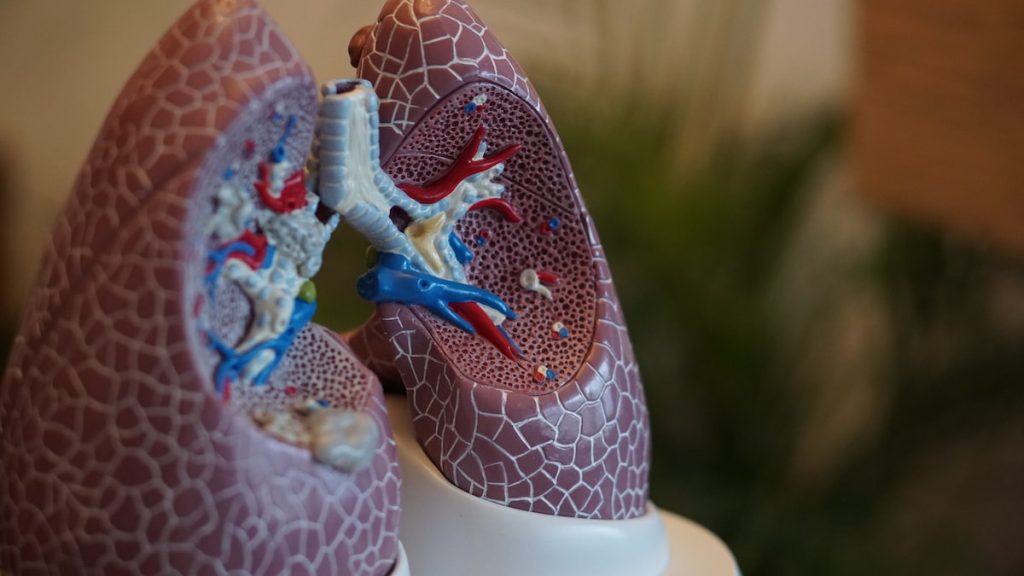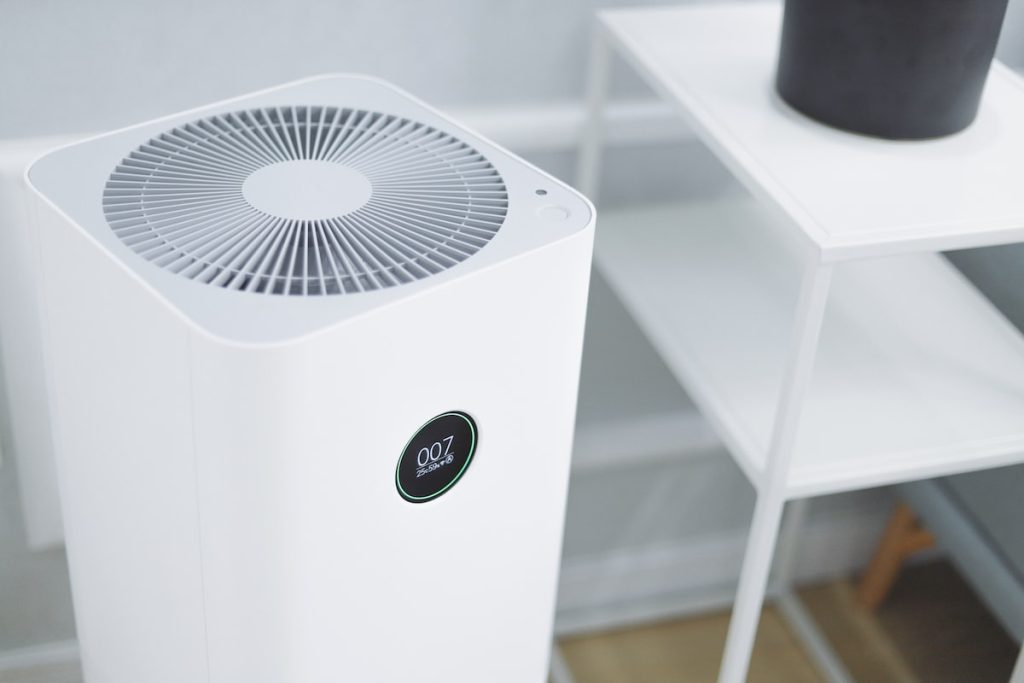
A respiratory emergency is an emergency that affects the respiratory system. This can include problems with breathing, such as airway obstruction, or with the lungs, such as a pulmonary embolism. Other potential causes of respiratory emergencies include infections, such as pneumonia, and chemical exposure. Respiratory emergencies can be life-threatening and require immediate medical attention. It can be beneficial to educate yourself about common signs of respiratory distress and what you can do to provide assistance. If you want to learn more, read on to find out everything you need to know about first aid for respiratory emergencies.
What should you know about first aid for respiratory emergencies?
When it comes to respiratory emergencies, it’s always best to have as much information as possible. That’s why completing a first aid course is such a good idea – you’ll learn how to handle a wide range of respiratory emergencies, from choking to asthma attacks. First aid training is more accessible than ever, you can even complete a certified first aid course online. The course will provide you with the skills and knowledge necessary to help a person who is having difficulty breathing. The course will also teach you how to use a breathing mask and how to administer oxygen.
If someone is not breathing, you should provide rescue breathing in order to keep them alive. Rescue breathing, also known as mouth-to-mouth resuscitation, involves blowing air into the person’s lungs until they start breathing again. If you are providing rescue breathing, you should first check to see if the person is responsive. If they are not responsive, you should check for a pulse by placing your fingers on their neck or wrist. If there is no pulse, begin chest compressions and continue rescue breathing until the person starts responding or EMS arrives.
If you are not sure if a person is choking, ask them. If the person cannot speak or make a sound, check for breathing by looking for movement of their chest and listening for sounds of breathing. If they’re not breathing, you need to perform the Heimlich maneuver and repeat until the item has been dislodged.
How else can you protect your respiratory health?

Did you know that the air inside your home can be significantly more polluted than the air outside? The truth is that poor indoor air quality can have a negative effect on your respiratory health, and it’s especially important to take precautions during the winter months when the air is dry. Common sources of indoor air pollution include dust, pet dander, mold, and chemical fumes. If you’re experiencing symptoms such as coughing, wheezing, or chest congestion, it might be time to take a closer look at your home’s air quality.
There are many ways that you can improve your indoor air quality. One of the best things you can do is invest in an air purifier for your home. An air purifier can meaningfully improve your indoor air quality by trapping harmful particles and gases like pollen, smoke, and pet dander. Not only will this make it easier for you to breathe, but it can also help to reduce allergies and asthma symptoms. You can also reduce the amount of pollution that is created indoors by using less toxic products, and by properly ventilating your home.
Respiratory emergencies can occur anywhere, at any time. Being prepared to deal with them is valuable, whether you’re at home, at work, or out and about. Overall, first aid for respiratory emergencies is crucial because it can stabilize the patient until they can receive further medical attention. Some of the things that first aid can do to assist with respiratory emergencies include providing oxygen, helping the patient to breathe, and clearing the airways. A first aid certification course can teach you how to provide assistance to others and protect yourself. Follow the tips in this article and you’ll know what to do the next time you see someone in respiratory distress.




